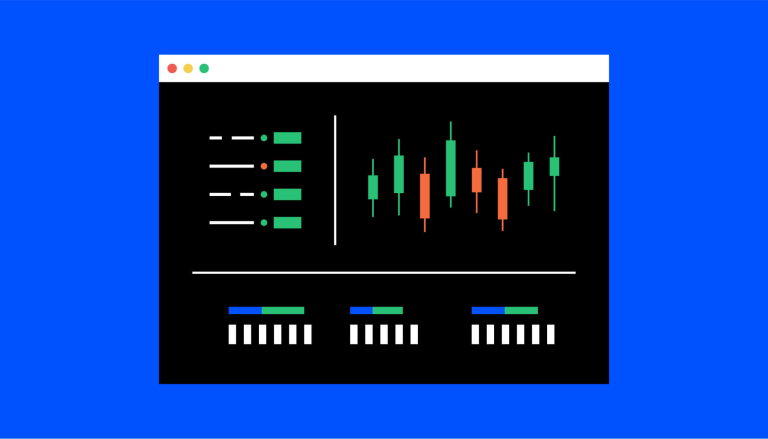What is yield farming and how does it work?

Yield farming is a method in the decentralized finance (DeFi) space that allows users to receive rewards by allocating their digital assets into a DeFi protocol.
The process involves providing liquidity to a protocol, receiving a token in return, and then allocating that token back into the protocol to receive additional rewards.
While yield farming may provide high returns, it comes with risks, including impermanent loss and smart contract flaws.
Understanding Yield Farming
Yield farming, known as liquidity mining, is a practice in the DeFi sector where users allocate their digital assets into a DeFi protocol to receive rewards. These rewards are typically paid out in the protocol's governance token. The process aims to incentivize the use of DeFi platforms and reward their community for contributing liquidity, which is crucial for the functioning of most DeFi platforms.
How Yield Farming Works
The yield farming process, while varying from protocol to protocol, generally involves users, known as liquidity providers or yield farmers, allocating tokens into a DeFi application. In return, they receive rewards paid out in the protocol's token. These tokens are locked in a smart contract, which programmatically rewards users with tokens as they fulfill certain conditions. The rewards are often expressed as an annual percentage yield (APY), which is usually paid out in real-time.
The Process of Yield Farming
To illustrate the yield farming process, let's use an automated market maker (AMM) like PancakeSwap as an example. On this decentralized trading platform, a user would click on 'Liquidity' to access the section for liquidity providers. They would then choose which assets they would like to allocate in a liquidity pool, such as BNB and CAKE in the BNB/CAKE pool. After allocating the two assets in the trading pool, they receive an LP token. This LP token is then allocated in the BNB/CAKE yield farm to receive yield farming rewards, and the transaction fees received as a share of the liquidity pool.
Benefits and Risks of Yield Farming
Yield farming has the potential for passive income and high yields that can exceed traditional financial instruments. By providing liquidity, users play a crucial role in the functioning of the DeFi ecosystem. However, the potentially high returns also come with substantial risks. These include impermanent loss, which can occur if the prices of the tokens in the pool change significantly after liquidity provision, and smart contract flaws, where hackers can exploit any bugs or vulnerabilities in the code, resulting in the loss of allocated funds.
The Role of Governance Tokens in Yield Farming
Many DeFi protocols reward yield farmers with governance tokens. These tokens can be used to vote on decisions related to the platform and can be traded. This adds an additional layer of potential earnings for yield farmers, as they not only receive rewards from providing liquidity but also gain a say in the future direction of the protocol.


